If you are planning to visit Barcelona anytime soon and hoping to enjoy a walk in a nice green area, you will not be disappointed. The capital of Catalonia is one of the European cities with the highest number of trees and almost 3.000 hectares of gardens. Barcelona’s gardens are organized by four categories which are: historic, thematic, urbanistic and forested.
Related article: Exploring the Touristic and Local Parks of Barcelona.
Table of Contents
Historic gardens
These gardens are the ones built before 1950 and include Ciudadela Park, in the old part of the city; Güell Park, internationally known for its modern architecture, and the University’s gardens, which almost disappeared between 1950 and 1970 due to student overpopulation.
Other historic gardens you may find are:
Laberint d’Horta Park
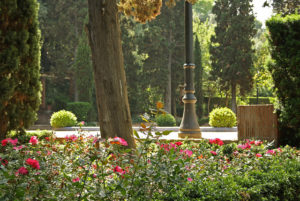


Photo by gavinwray via Visualhunt
This garden-museum, located in the Horta-Guinardó district. It has a neo-classic style and was built by the Italian Domenico Bagutti, in the 18th century. The vegetation was, however, chosen by the French gardener Delvalet.
Laribal Gardens
This is said to be one of Montjuïc’s Park’s pearls. Filled with cascades, water is the soul of this garden, designed by Jean-Claude Nicolas Forestier and Nicolau M. Rubió Tudurí. The vegetation in the gardens is diversified and mostly exotic. Take the time to explore every small detail of the art piece that is this garden.
Thematic gardens
Every one of these gardens is specialized in different plants. Mossèn Cinto Verdaguer, for example, is dedicated to aquatic plants. But there are more.
Cervantes Park
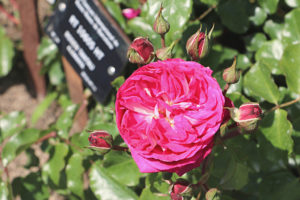


Photo by Joanbrebo via VisualHunt.
Located in Les Corts, this garden has more than 245 varieties of roses. Have you guessed the theme of this garden yet? With a typically Mediterranean vegetation, Cervantes Park has an explosion of colors that last almost the whole year, making this place perfect to boost everyone’s disposition.
Mossèn Costa i Llobera Gardens
The 6.5 hectares of this garden are extended all the way up on Montjuïc Mountain. Specialized in cacti and succulent plants, this garden is one of the most important ones in Europe regarding this type of vegetation. Here you can find around 800 different species from all over the world, with particular emphasis on a 200 years old Oreocereus celsianus.
Urbanistic gardens
These refer to all the public gardens existent in the city and are, therefore, the most common type. There you can sit, read a book or enjoy the environment around you while you go for a walk.
Portolà Gardens
This residential garden is a very discrete area protected by a surrounding construction. Half of the garden works as a balcony over the other part, where you can see a fountain covered with Arabic-inspired tiles. The same tiles cover the benches, where you can sit and enjoy the gardenias and the palm trees. It is one of those very little pearls that, despite the size, you do not want to miss.
Mirador del Alcalde Garden
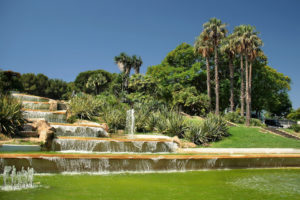


Photo by Jorge Franganillo via Visual hunt
Located near Montjuïc Castle, this green area offers a stunning view over the entire city. The garden is organized by layers all the way up on Montjuïc’s Mountain. At this site, you can visit the Military Museum whose construction was required by Franco in exchange for his concession of Monjuïc’s Castle to the city, in 1960.
Forested gardens
Those refer to the wide green areas that are perfect for trekking, hiking and family picnics. Barcelona is very well served with its Montjuïc Mountain and the Collserola Siera.
Other examples are:
Guinardó Park
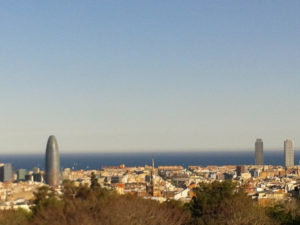


Photo by bcnbelu84 via Visualhunt
This park is a little bit of everything: historic, thematic, urbanistic and forested. And it one of the biggest parks of Barcelona as well. It has a stunning view over the city, especially if you take the time to climb to the San Joan belvedere. Another cool thing about this park is the bridge built in 1991 to connect it to the Mühlberg Street, an amazing construction that may scare those who are not very comfortable with heights.
Turó de la Peira Park
On the top of its 140 meters above the sea level, you can get a spectacular view over Barcelona, from Collserola Sierra to Barcelona’s coastline. The sea is bluer from this viewpoint and you can relax and breathe the intense and refreshing smell of a place surrounded by pine trees. Do not miss it. It is worth your time. Amazing, right?
Related article: Nature Parks in Barcelona.









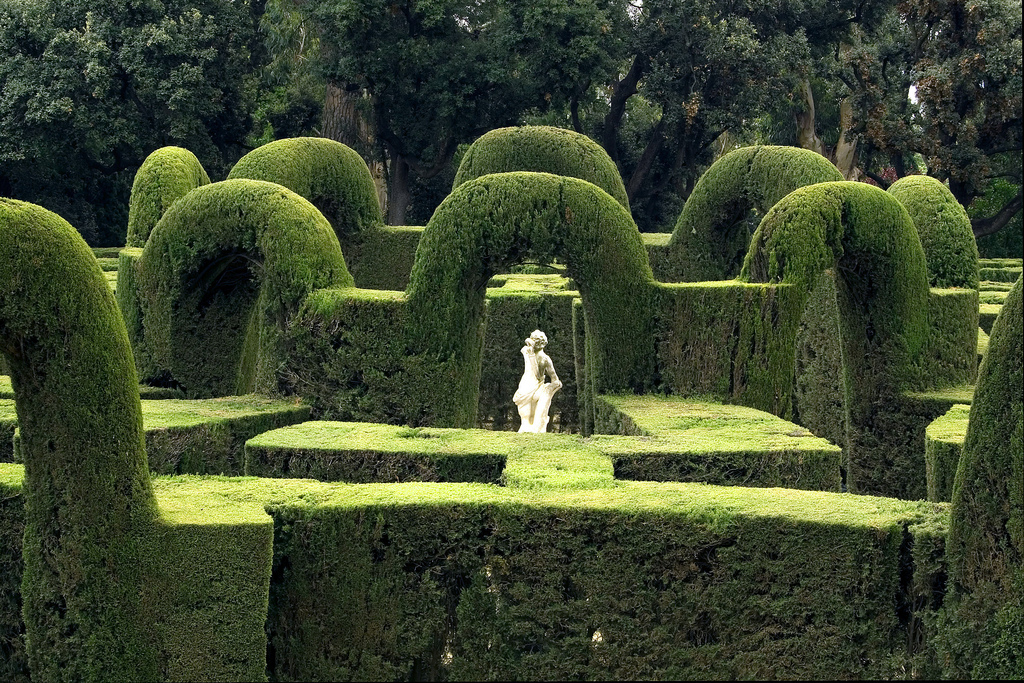
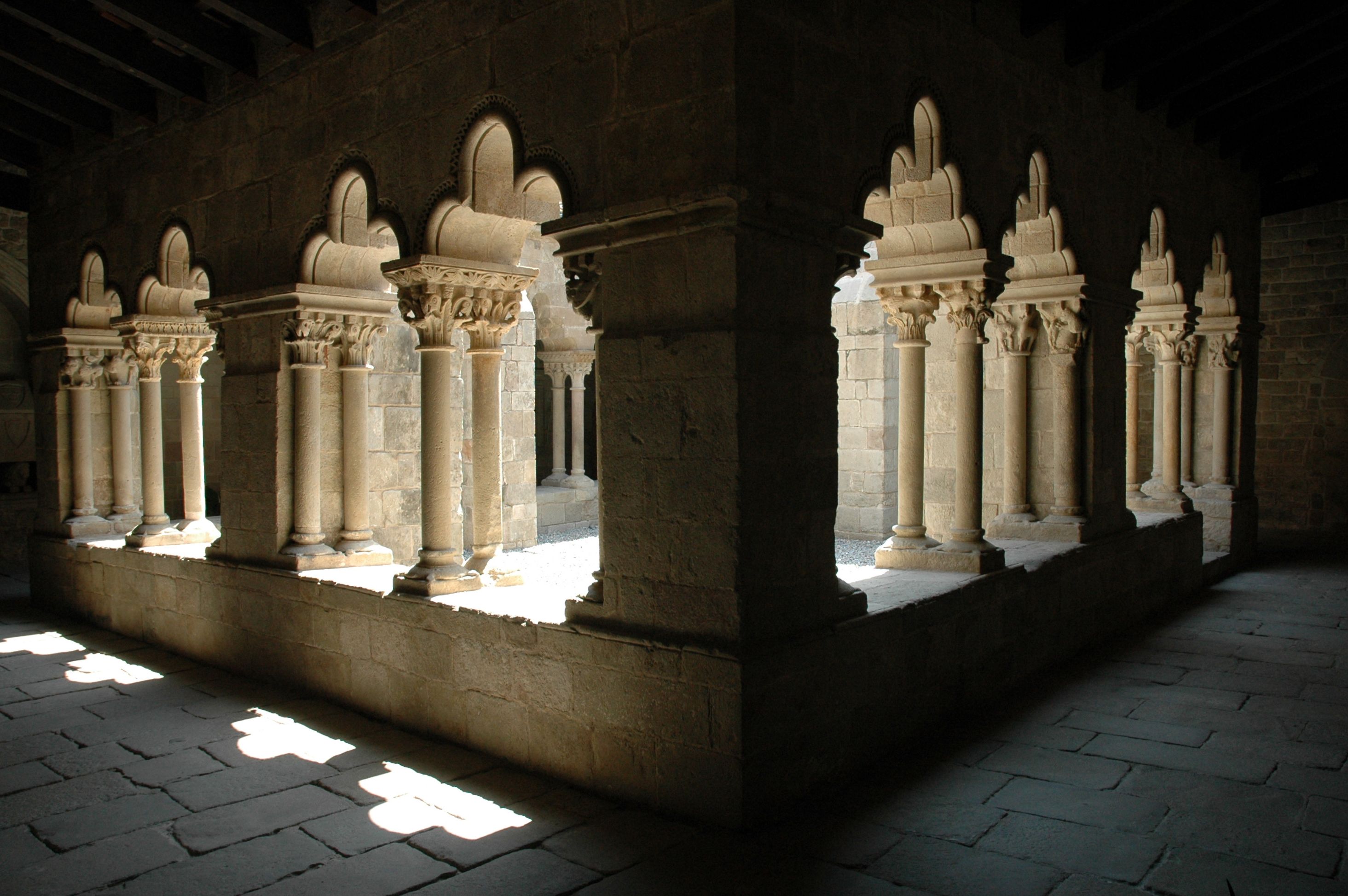
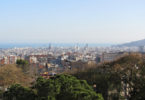
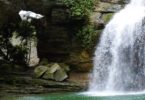
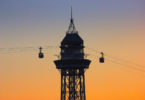


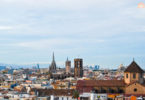

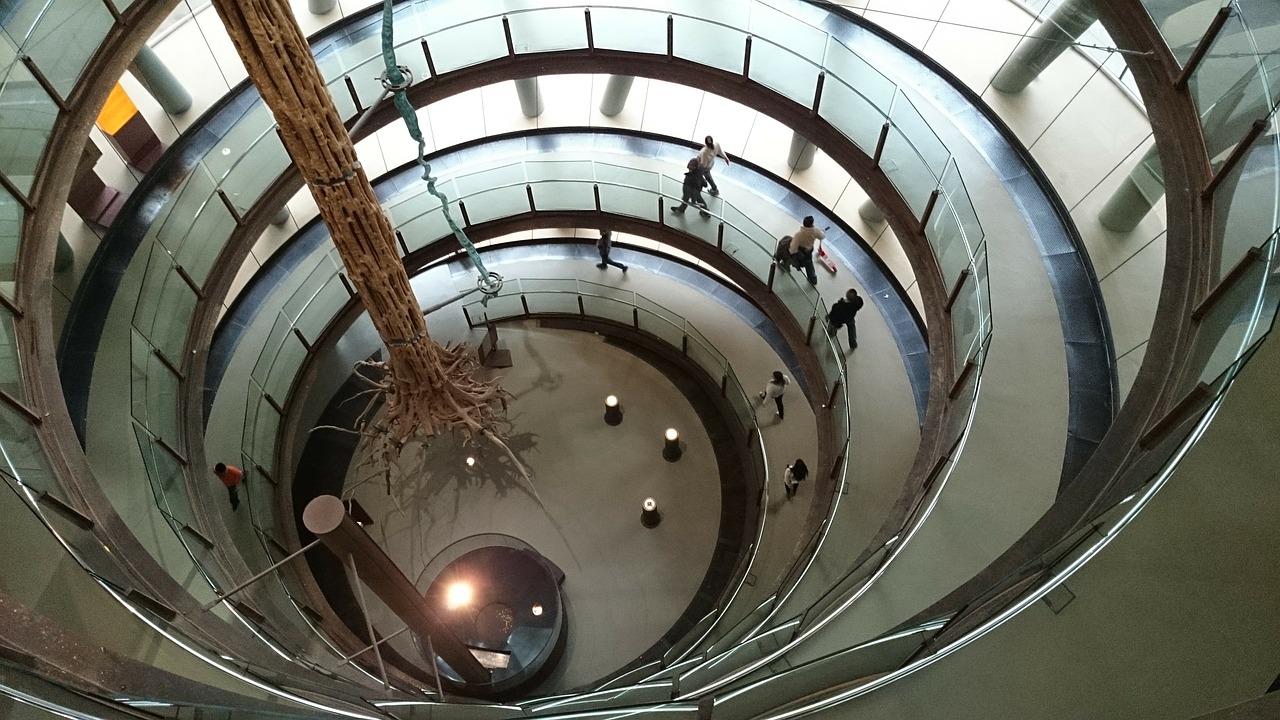


Leave a Comment